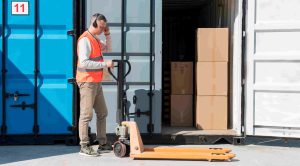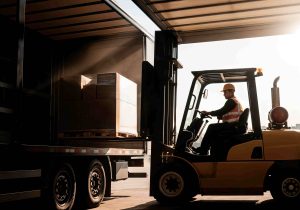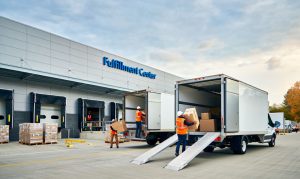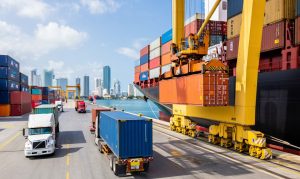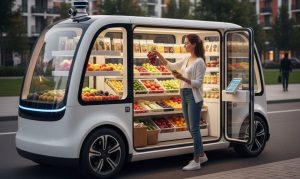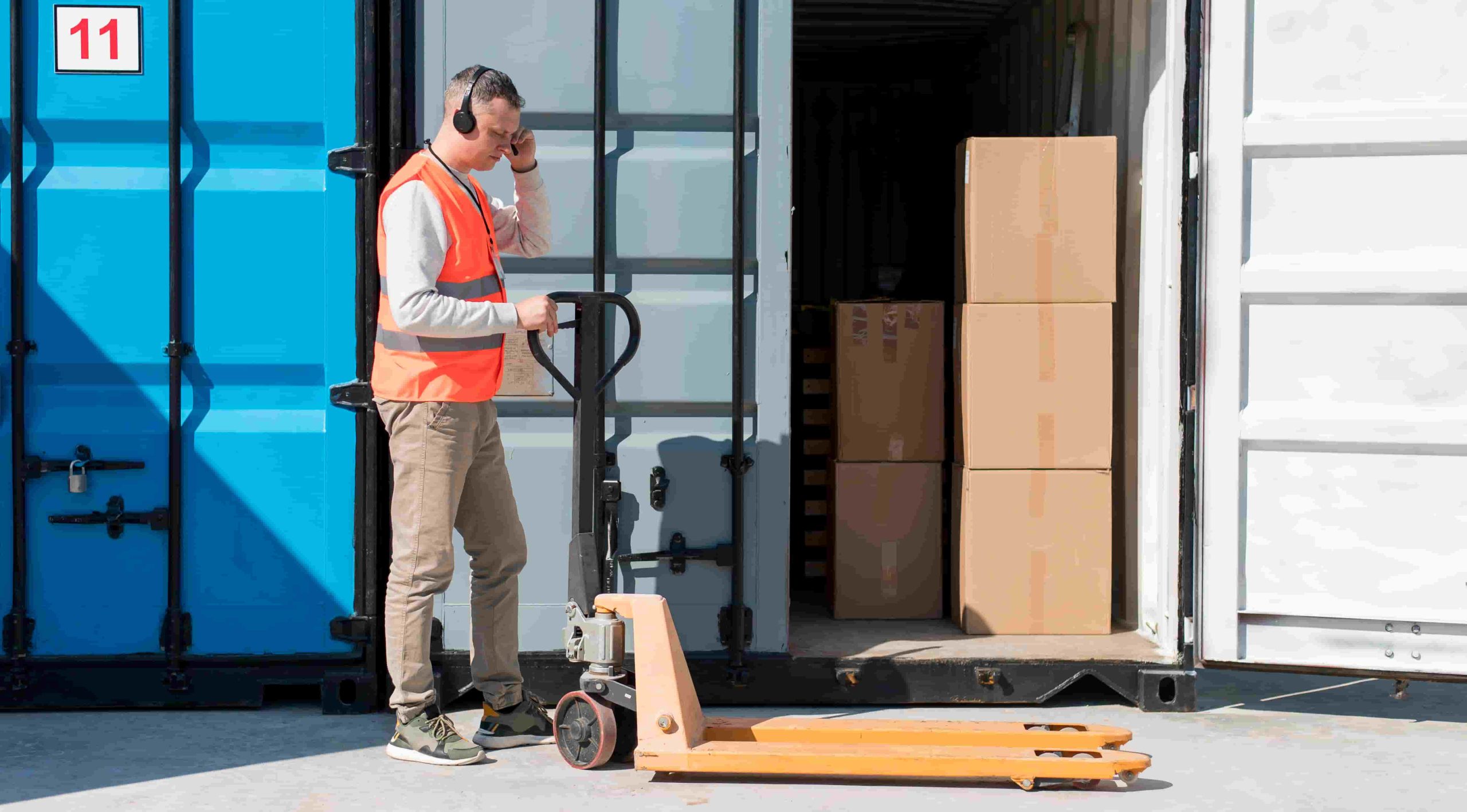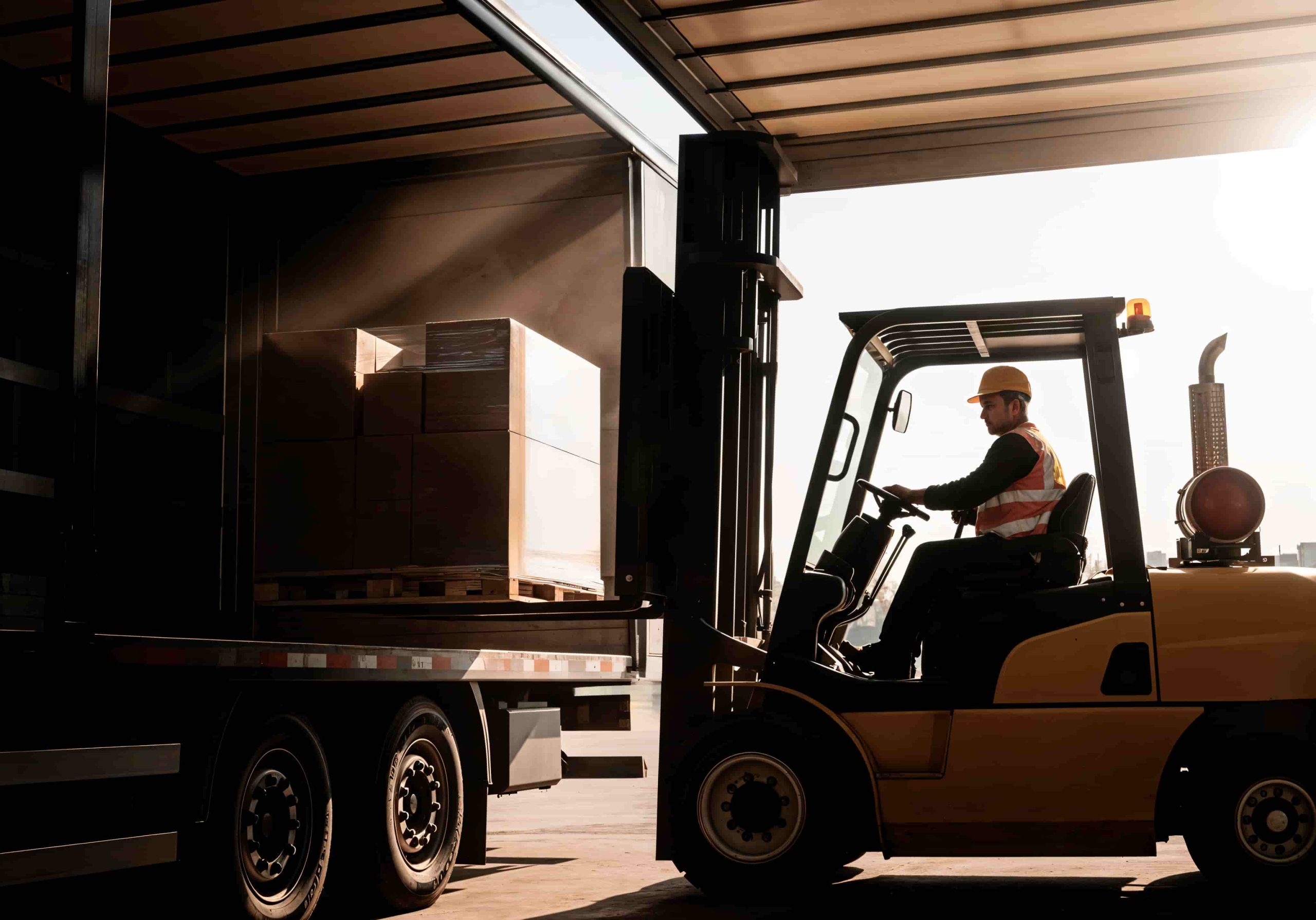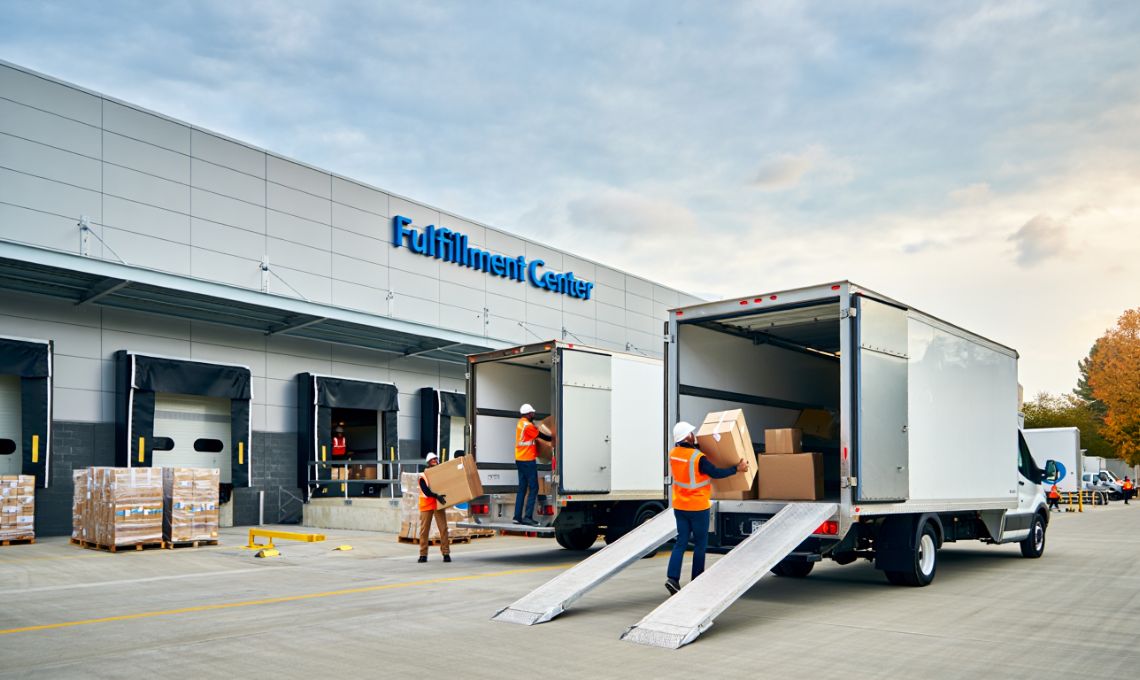The future of retail is no longer confined to physical stores or e-commerce apps: autonomous mobile supermarkets are starting to take center stage. One of the most innovative examples is the RM5 by Robomart, a self-driving vehicle designed to bring products directly to customers, blending the best of traditional shopping with the convenience of delivery.
This concept doesn’t just redefine the shopping experience it also signals a profound transformation in retail distribution and the last mile. If e-commerce already broke the barriers of time and distance, the RM5 promises to eliminate waiting altogether: the supermarket drives to the customer, ready for them to browse and select products in real time.
What is the RM5 by Robomart?
The RM5 is an autonomous vehicle developed by Robomart, a California-based startup specializing in retail robotics. Unlike traditional delivery services where products are ordered online and shipped to the home the RM5 works as a mobile supermarket:
- Customers request the vehicle through an app.
- The RM5 drives to the customer’s location.
- Customers open the vehicle, select products directly from smart shelves, and pay seamlessly through automatic scanning technology.
This model removes the wait time of standard deliveries and recreates the experience of “going to the supermarket”but without leaving home or the office.
Potential Benefits of the RM5 in Retail Distribution
The RM5 combines autonomous technology, experiential retail, and logistics optimization. Some key benefits include:
1. A Differentiated Shopping Experience
Customers don’t just receive an order they “enter” the mobile supermarket, choosing products in real time with the confidence of seeing and picking items themselves.
2. Faster Deliveries
By acting as a supermarket on wheels, the RM5 eliminates the picking and packing processes traditional stores require before shipping an order.
3. Last-Mile Optimization
The last mile is the most expensive part of the supply chain. The RM5 turns the vehicle itself into a moving distribution hub, cutting out intermediaries and streamlining the process.
4. Expanded Reach in Urban and Suburban Areas
It can deliver goods to neighborhoods without nearby retail stores, improving accessibility.
5. Retail Hybridization
The RM5 represents the next step toward “phygital retail,” where the boundaries between physical and digital stores disappear, offering flexible, consumer-driven experiences.
Impact on Store Distribution and the Last Mile
If adopted widely, vehicles like the RM5 could reshape the retail logistics model:
- Reduced dependence on central warehouses: each vehicle serves as a micro-distribution hub on wheels.
- More flexible operating hours: without fixed store locations, mobile supermarkets can serve customers on-demand.
- Shift in consumer behavior: shopping no longer requires going somewhere the store comes to the customer.
- Competition with dark stores and quick commerce: the RM5 could rival ultra-fast delivery services by offering more control and variety to consumers.
Challenges and Considerations
While the RM5 is groundbreaking, several hurdles remain:
- Autonomous vehicle regulations: many countries still lack clear legal frameworks for mobile robots in public spaces.
- High implementation costs: building and deploying fleets of vehicles requires significant investment.
- Scalability: widespread adoption would demand robust fleets and charging infrastructure.
- Consumer adoption: success will hinge on whether customers see the model as practical and trustworthy.
RM5 and the Future of Retail
The RM5 is more than an autonomous vehicle it’s a vision of how retail distribution could be redefined. By functioning as a supermarket on wheels, it disrupts the traditional model of fixed stores plus delivery, offering a direct, immersive shopping experience.
Beyond Robomart itself, the RM5 exemplifies how robotics and autonomous mobility will increasingly shape retail and global logistics. What begins as a pilot program in the U.S. could soon expand internationally, transforming food and consumer goods distribution.
Conclusion
The arrival of the RM5 opens a new chapter in retail distribution and last-mile logistics, where the store is no longer static but mobile, personalized, and autonomous. While regulatory and scalability challenges remain, the direction is clear: the future of retail will be closer, faster, and more tech-driven.
At Quick, we believe that innovation whether in the form of autonomous vehicles, mobile supermarkets, or intelligent last-mile solutions is essential to transforming logistics chains across Latin America and beyond. Our mission is to help businesses embrace this shift, integrating technology and expertise to build more efficient, customer-centric, and sustainable distribution models.
Discover our logistics services and get ready for the future of retail with a partner that understands how innovation is reshaping delivery.
